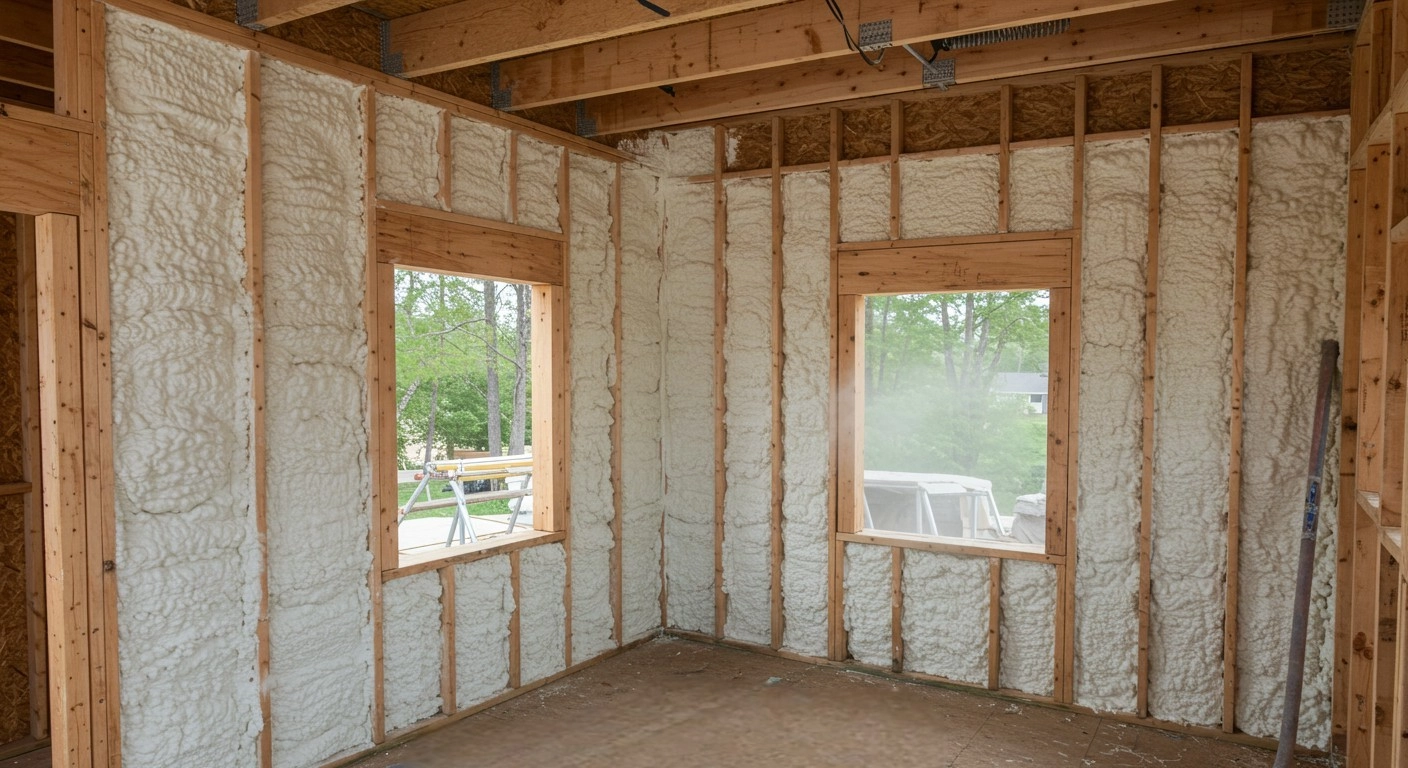
Insulation in homes across Leander should be inspected at least once every five years. In certain cases, such as older homes or properties experiencing uneven temperatures or rising energy costs, inspections should occur every 2-3 years. The climate in Leander—marked by hot summers and occasional cold snaps—can stress insulation materials faster than in milder regions.
Periodic inspections detect moisture buildup, air leaks, pest damage, and compression in materials like blown-in and spray foam. Identifying these issues early helps preserve energy efficiency and avoid costly structural damage.
This article outlines the practical inspection schedule, technical indicators to watch for, and how environmental and material-specific factors shape the timeline. Insights shared here are based on field experience from installing and inspecting insulation throughout Central Texas.
| Home Type / Material | Recommended Inspection Frequency | Notes |
|---|---|---|
| Homes over 20 years old | Every 2-3 years | Likely to have degraded or outdated materials |
| New construction (under 10 yrs) | Every 5 years | Use benchmark inspections unless issues arise |
| Blown-in cellulose | Every 3 years | Susceptible to settling and moisture retention |
| Open-cell spray foam | Every 4-5 years | More permeable, potential for air and moisture infiltration |
| Closed-cell spray foam | Every 5-6 years | Dense and moisture-resistant, but still requires routine evaluation |
| Homes with attic HVAC systems | Every 2-3 years | Temperature swings affect insulation performance |
| Symptom | Potential Cause | Material Impacted |
|---|---|---|
| Compression or sagging | Moisture exposure or age | Blown-in, fiberglass |
| Discoloration or odors | Mold, mildew, pest nesting | Open-cell, blown-in |
| Peeling or cracking | UV exposure or improper installation | Closed-cell, exterior foam |
| Uneven temperatures indoors | Gaps in coverage or airflow barriers | All types |
High summer temperatures (frequently over 95°F), fluctuating humidity, and winter cold snaps accelerate material wear. Open-cell foam may lose effectiveness if moisture intrusion is not managed. Homes with poor ventilation or older HVAC systems are especially prone to insulation failure.
Use a thermal imaging scan during inspections. These detect insulation gaps and heat leaks invisible to the eye.
| Insulation Type | R-Value per Inch | Typical Lifespan | Susceptibility to Moisture | Notes |
|---|---|---|---|---|
| Open-cell Spray Foam | 3.5 – 3.7 | 15-20 years | High | Requires moisture control |
| Closed-cell Spray Foam | 6.0 – 7.0 | 20-30 years | Low | Durable and vapor-resistant |
| Blown-in Cellulose | 3.2 – 3.8 | 10-15 years | Medium | Needs periodic topping-up |
| Fiberglass Batts | 2.9 – 3.8 | 20-30 years | Medium | Can sag or settle over time |
Sources:

Spray Tech Solutions offers focused services aligned with inspection needs in Leander:
Check for uneven room temperatures, higher utility bills, or visible signs of damage or moisture.
Most evaluations take a few hours and cause minimal disruption, especially with thermal tools.
Yes. Air leaks can compromise even well-installed insulation. Blower door tests help identify leaks.
An insulation professional can identify the material during the inspection and advise accordingly.
Need clarity on your home’s insulation condition? Contact Spray Foam Tech Solutions for practical advice backed by hands-on experience in Central Texas homes.
Phone: (765) 553-4636 Email: sales@spraytechkokomo.com
Depending on the type, insulation can last 10 to 30 years. Environmental exposure reduces lifespan.
Yes. Blown-in types are prone to settling. Spray foam holds shape better but still requires checks.
High humidity causes open-cell and blown-in types to absorb moisture, reducing R-value.
Efficiency drops, air quality worsens, and long-term moisture problems may cause structural damage.
Yes. Most homeowners see reduced heating and cooling costs within the first month.